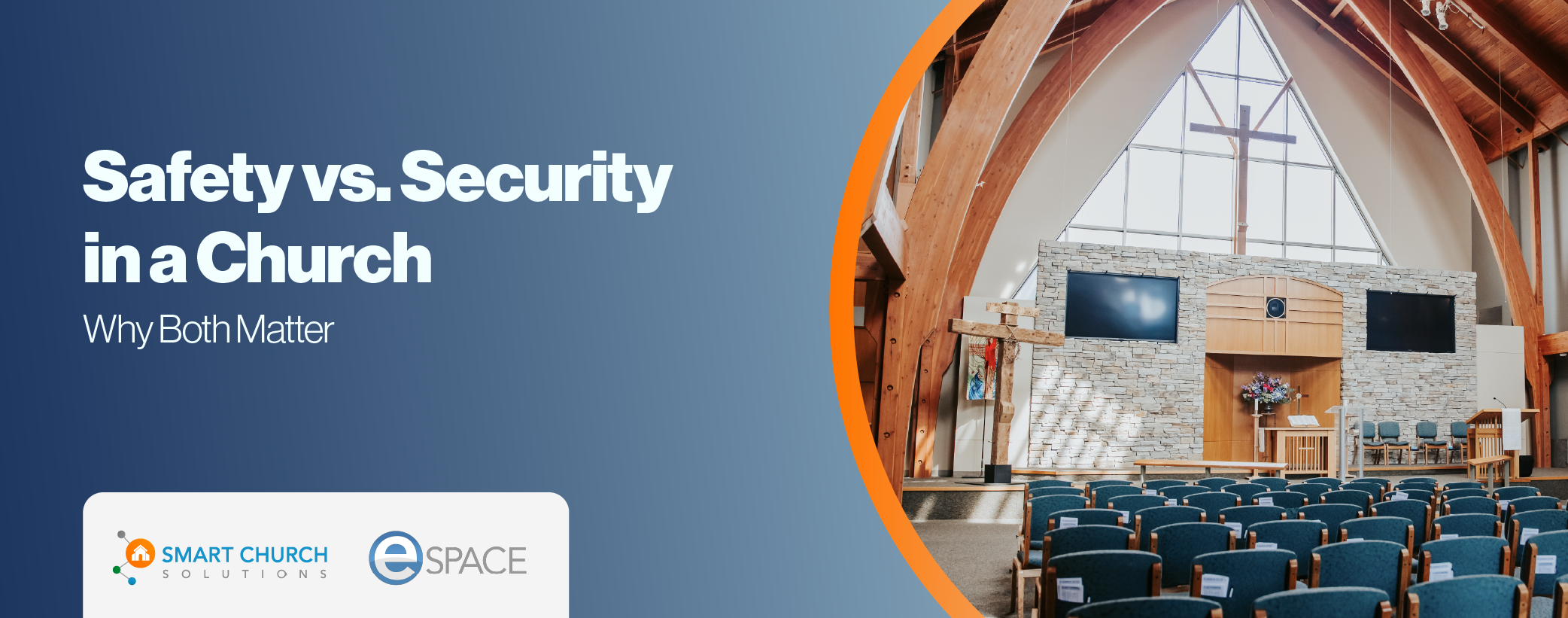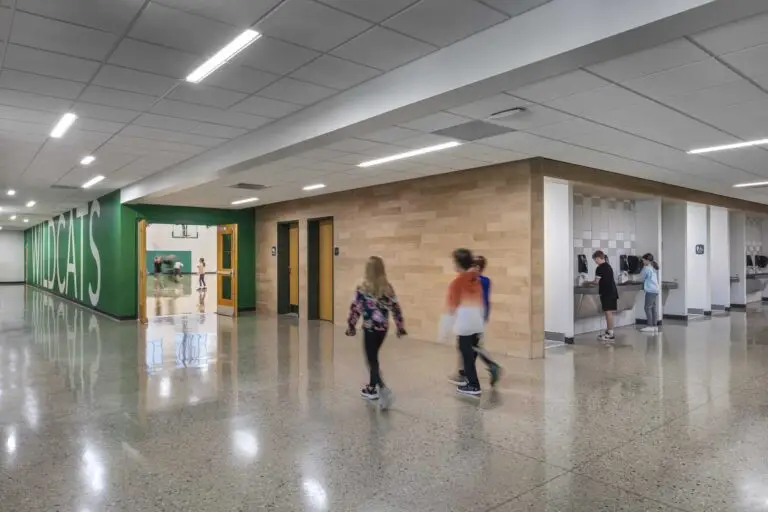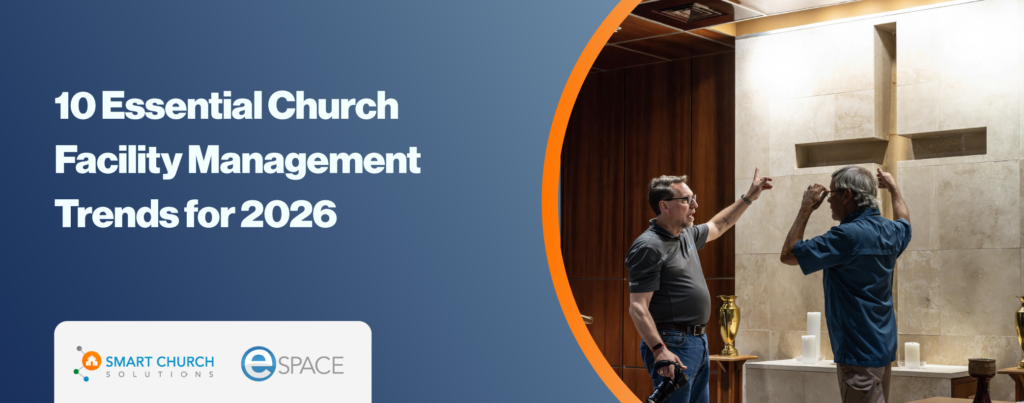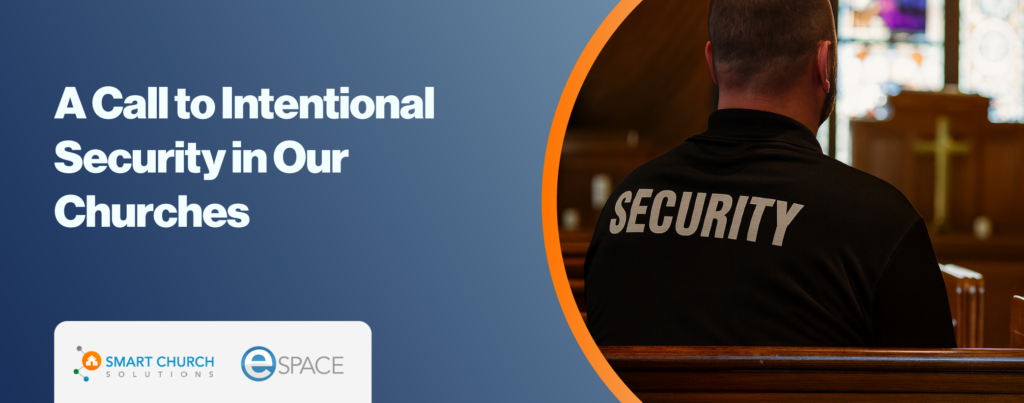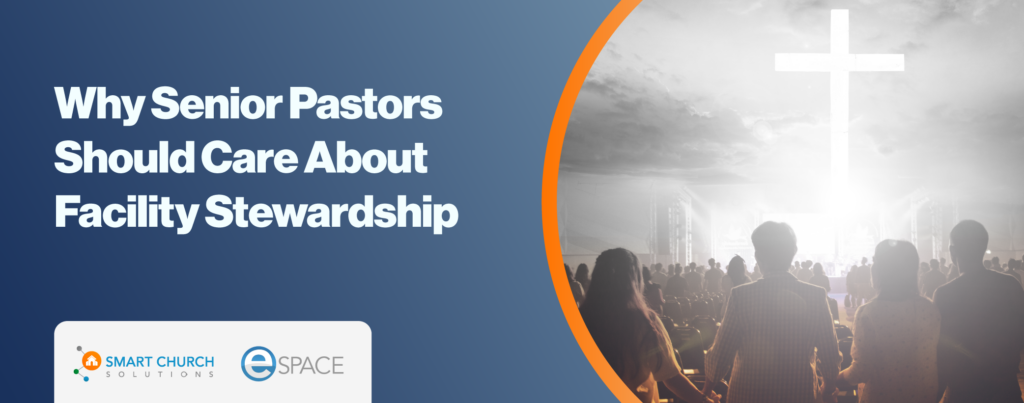On any given Sunday, churches open their doors as places of worship, refuge, and community. But in a world where both everyday accidents and intentional threats are a reality, church leaders must ask: Are we doing enough to protect our people? ‘Safety’ and ‘security’ often get lumped together, but understanding the difference between them—and why both matter—is critical for wise facility stewardship and leadership.
What is Safety in a Church Setting?
Safety is about preventing accidents and maintaining the overall physical well-being of everyone on your property. It focuses on minimizing risks related to everyday church operations. Here are some of the most common safety concerns:
- Fire hazards: Keeping exits clear, testing smoke detectors, and maintaining fire suppression systems.
- Slip and fall risks: Fixing wet floors, uneven walkways, and cluttered spaces that could lead to injury.
- Health emergencies: Stocking first aid kits, having AEDs onsite, and ensuring staff and volunteers are trained in basic emergency response.
- Child safety: Running background checks, using secure check-in/out systems, and creating safe, clean children’s areas.
- Ladder and lift safety: Training staff on proper usage, inspecting equipment regularly, and following OSHA fall prevention guidelines.
- Exit pathways: Keeping all exits clearly marked, well-lit, and unobstructed according to fire codes.
- OSHA compliance: Churches are not exempt—this includes maintaining MSDS sheets, ensuring PPE use, and creating safe working conditions for maintenance and custodial staff.
Key Example
Routine inspections of fire extinguishers, lighting, playground equipment, and emergency exits not only create a safer environment for attendees but also keep your church in compliance with OSHA standards.
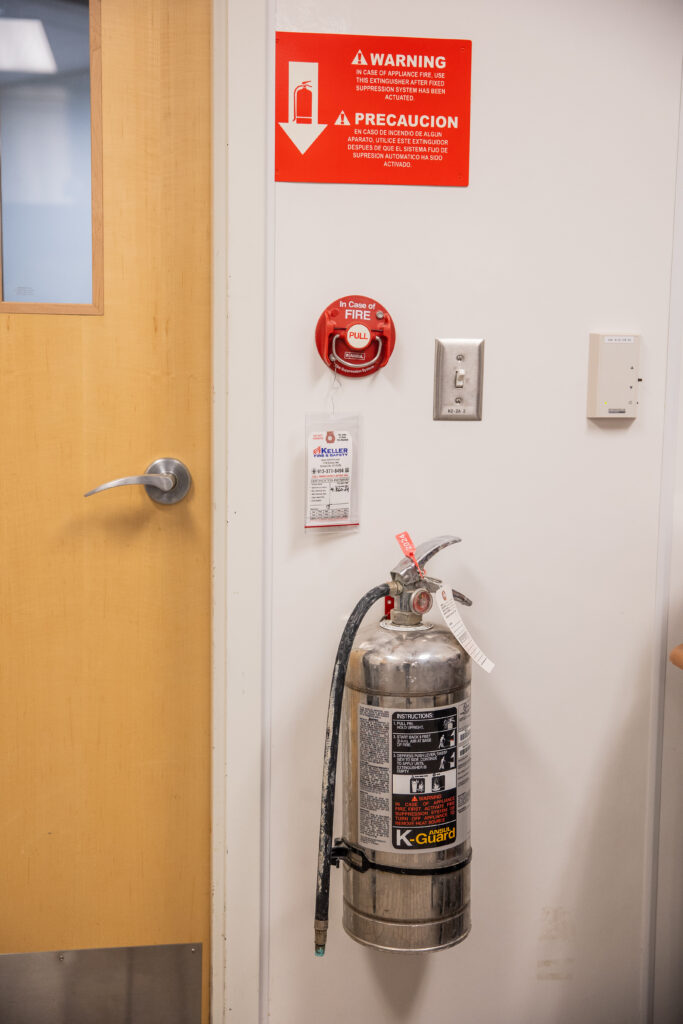
What is Security in a Church Setting?
Security focuses on protecting your church from intentional harm. That includes threats like theft, vandalism, cyberattacks, or even violence. Security involves creating plans and using tools to prevent, deter, and respond to potential dangers:
- Access control: Using keycards, designated entry points, or security cameras to monitor who enters the building.
- Emergency preparedness: Developing and practicing response plans for active shooters, lockdowns, or natural disasters.
- Cybersecurity: Protecting church management systems, financial information, and member data from digital threats.
- Event security: Planning for safe, secure environments during high-traffic gatherings like Sunday services, weddings, or conferences.
Emergencies rarely come with warning, and being unprepared can put your congregation at risk. The Emergency Preparedness Handbook gives you step-by-step guidance for building response plans to threats like intruders, fires, or natural disasters. Download a free copy.
Key Example
A trained security team, supported by the right technology, can deter threats and give your congregation peace of mind.
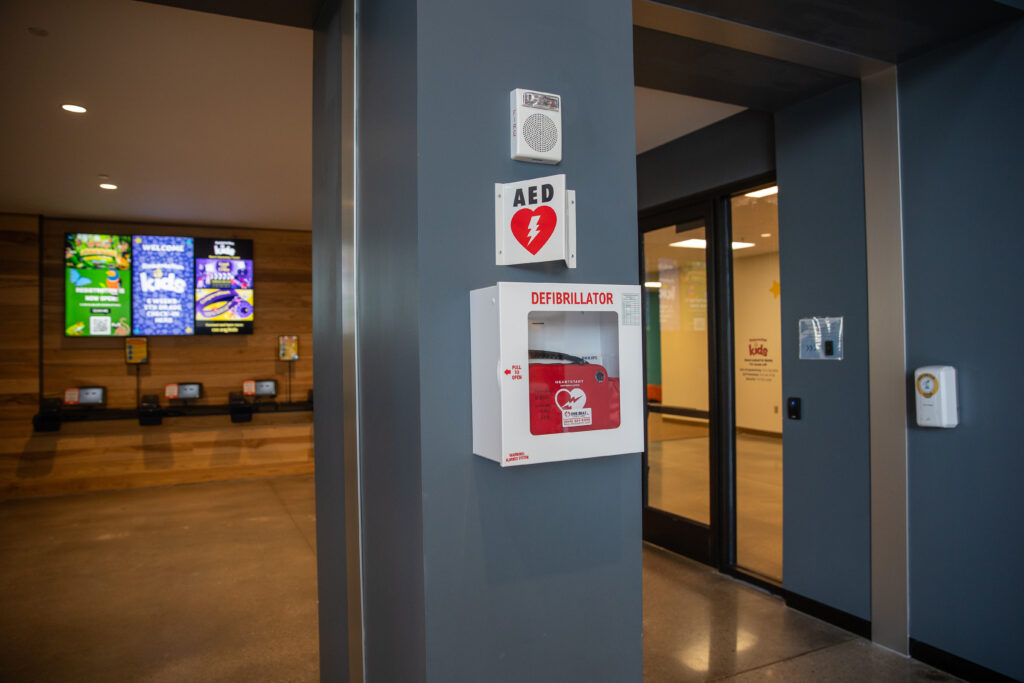
How Safety and Security Overlap
Safety and security intersect in many ways, as both aim to create a protected environment for the church community. For example:
- Emergency planning: Fire drills (safety) and active shooter drills (security) both involve coordinated response plans.
- Facility design: Proper lighting enhances safety by reducing trip hazards and supports security by deterring potential intruders.
- Child protection: Safe playground equipment (safety) and secure check-in systems (security) work together to ensure a child’s well-being.
- Building compliance: Clear exit pathways serve as both a safety measure (during fire evacuations) and a security measure (during lockdown scenarios).
Churches need to take a holistic approach, integrating both aspects into their facility management and operations.
Why It’s Important to Address Both
When people walk into a church, they’re seeking connection, peace, and purpose, not anxiety or fear. Addressing both safety and security allows your congregation to worship freely, knowing their well-being is being thoughtfully considered. But beyond creating a welcoming environment, there are deeper reasons to invest in both:
- Trust and comfort: When attendees feel safe and secure, they’re more likely to stay engaged and invite others.
- Risk management: Proactive planning reduces liability and helps your church avoid costly legal issues.
- Biblical stewardship: Proverbs 27:12 says, “The prudent see danger and take refuge, but the simple keep going and pay the penalty.” Being prepared honors your calling to care for your people wisely and well.
Practical Steps for Churches
To balance safety and security effectively, consider these steps:
Safety
- Conduct regular inspections: Evaluate ladders, lifts, fire extinguishers, and HVAC systems to ensure they are safe and functional.
- Provide training: Train staff and volunteers on ladder safety, lift operation, and emergency protocols.
- Mark and maintain exits: Ensure all exits are clearly marked, free of obstructions, and compliant with local fire codes.
- Comply with OSHA standards: Familiarize your team with OSHA guidelines, especially regarding cleaning supplies, equipment safety, and personal protective equipment (PPE).
Security
- Develop emergency plans: Create response plans for threats like active shooters, vandalism, or natural disasters, and hold regular drills.
- Invest in technology: Use surveillance systems, access controls, and alarm systems to monitor your facility.
- Train security teams: Ensure security personnel understand protocols and can respond effectively to incidents.
Managing safety inspections, drills, and security protocols doesn’t have to feel overwhelming. With eSPACE you can organize, track, and schedule every task in one place. Want to see how it works for your church? Book a free demo.
A Unified Mission
At its core, safety ensures the physical well-being of those within the church, while security protects against external threats. Together, they create an environment where individuals can grow in their faith without fear or harm. By intentionally addressing both, churches honor their mission to care for their communities as Christ cares for His people.
Do you need help implementing a comprehensive safety and security plan for your church? Contact Smart Church Solutions for expert guidance tailored to your ministry. Let us help you steward your facilities to create a safe and secure environment for your congregation.


